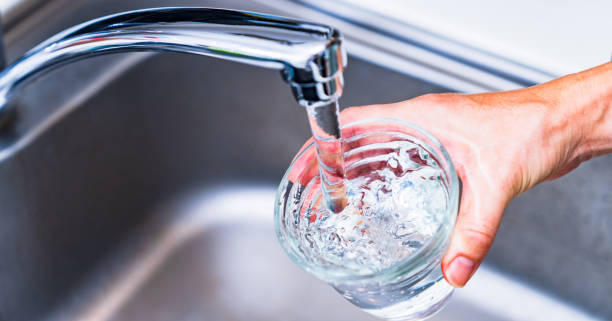A System For Treating Untreated Water Using Limestone Filter Media Via Horizontal Flow Roughing Filter

The problem arose from the need identified by the Jabatan Kesihatan Negeri Selangor in 2003 for a water treatment system that does not rely on chlorine for disinfection, particularly for use in Orang Asli communities. The use of chlorine, which leaves an unpleasant taste in drinking water, is not acceptable to the intended users. Although slow sand filters were considered, they were deemed unsuitable due to their high maintenance requirements and ineffectiveness in treating turbid water. Additionally, ensuring the removal of both turbidity and harmful microorganisms like Escherichia coli is essential for making the water safe to drink.
The limestone roughing filter (LRF) works by using locally sourced limestone media of varying sizes to physically remove impurities and harmful microorganisms from untreated water, particularly in gravity-fed systems. As water flows through layers of limestone—typically with smaller particle sizes and at slower flow rates—suspended solids causing turbidity are trapped between the particles, effectively clarifying the water. At the same time, the porous structure and extended contact time within the filter allow for the removal of over 90% of Escherichia coli, with some cases achieving complete elimination. The system operates without the need for chemical disinfectants like chlorine, which are often rejected by local communities due to taste concerns. Easy to construct, low-cost, and low-maintenance, the LRF provides a reliable and user-friendly method of producing safe drinking water for rural and underserved populations.
The innovation in the limestone roughing filter (LRF) project lies in its low-cost, chemical-free water treatment system tailored for rural and underserved communities relying on untreated surface water. Unlike conventional methods that depend on chlorine or complex filtration technologies, the LRF uses locally sourced limestone of varying sizes to effectively remove turbidity and Escherichia coli through a passive filtration process. Its design is simple, yet highly efficient, achieving over 90% removal rates without the need for power, chemicals, or intensive maintenance. The system is not only easy to build and replicate but is also designed with community ownership in mind, encouraging sustainability through local involvement and empowerment. This combination of technical effectiveness, cultural acceptability, and community-driven sustainability represents the core innovation of the project.


